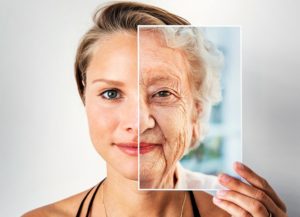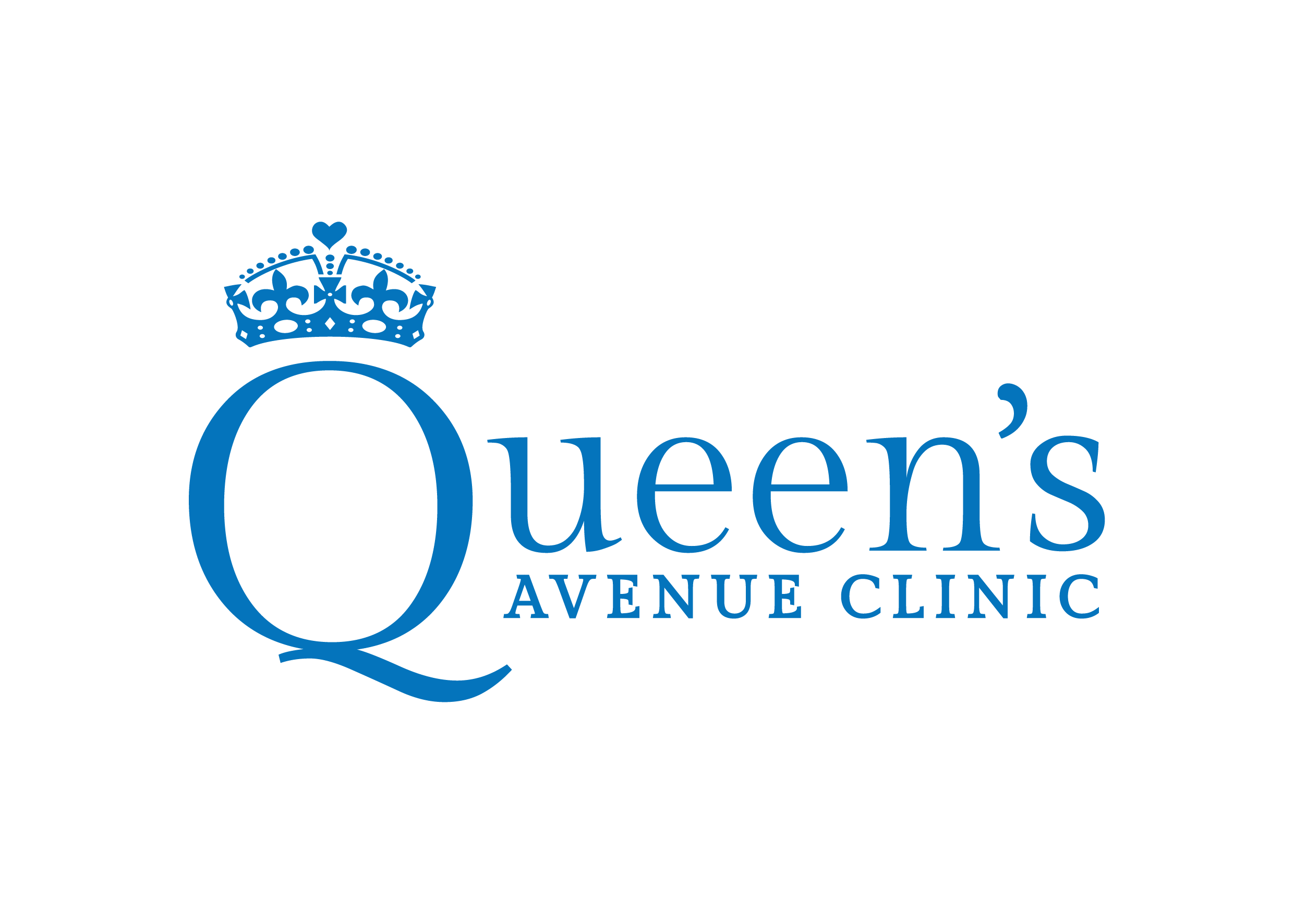Skin Ageing
Ageing is a natural process that occurs from the moment we are born, but it is avoidable. Ageing affects multiple organs of our body, including our largest organ, which is skin. Skin ageing causes our appearance no longer looking youthful and beautiful. When we look old, it will lower down our self-confidence, self-esteem and affects our social behaviour. Several extrinsic and intrinsic factors can be the causes of skin ageing. 
i. Extrinsic Factors
Extrinsic factors such as include air pollution, sunlight exposure, nutrition and smoking, are relatively preventable as compared to intrinsic factors that involve physiological and metabolic processes.
ii. Intrinsic Factors
The photo-protected areas of skin, such as the inner of the thigh, is mainly affected by intrinsic factors. While the sunlight exposed areas are additionally affected by extrinsic region, especially UV light.
Over the last two decades, our understanding and knowledge about the human body expand and approaches to go against the ageing process have drastically improved.
Symptom 1: Loss of extra-cellular matrix components
One of the changes in skin ageing is the loss of extra-cellular matrix components. Ageing causes many bodily functions to produce extracellular matrix components to decline namely collagen, elastin and fibrillin. These are naturally occurring proteins that made up of amino acid. These extra-cellular matrix components maintain the tensile strength and elasticity of the skin. However, beginning from the age of mid-twenties, the production of extracellular matrix components in our body reduces. Eventually, the skin starts to wrinkle and slack and become saggy in appearance. Inevitable wrinkles may appear earlier due to certain common habitual behaviours such as smiling, frowning and raising eyebrow leading to crow feet wrinkles, frown lines and forehead wrinkles respectively.
Symptom 2: Reduction of natural water and fat emulsion in the skin
Besides, the reduction of natural water and fat emulsion in the skin is apparent in the process of ageing. A recent study has observed that the baseline transepidermal water loss (TEWL) decreases as we grow old. TEWL decreases might occur due to the reduced water content of aged skin. The cutaneous natural moisturising factors (NMFs) are essential for hydration. NMFs consist of primarily amino acids. It also includes pyrrolidone carboxylic acid (PCA), lactate, urea, ions, sugars, ammonia, uric acid, glucosamine, creatine, citrate and formate. Changes of amino acid in aged skin affect the function of retaining hydration of the skin.
Symptom 3: Decrease in function and capability of blood vessels
Other than that, as we age, the function and capability of blood vessels decrease. Consequently, blood vessels become fragile, and bleeding and bruising may occur under the skin. Other related condition includes cherry angioma, which also known as Campbell de Morgan spots. Recent research has shown that miR-126, the most abundant miRNA in endothelial cells, which is known to protect the blood vessels and induce neovascularisation, are significantly reduced in number in elderly.
Symptom 4: Decrease in pigment-containing cells
Moreover, melanocytes, the pigment-containing cells, decrease as we age, and the remaining melanocytes enlarge in size. The skin would become paler and starts to form age spots. Age spots are also known as lentigo or liver spots. Age spots may appear in sunlight exposed areas such as on the face and back of the hands. These age spots are noncancerous and rarely transform into malignancy. However, there may be cancerous skin lesions which may appear as dark spots.
Symptom 5: Changes in a deep layer of skin
Furthermore, ageing also causes changes in a deep layer of the skin. The proliferation of the basal cell layer of the skin would become reduced, and the epidermis becomes thinner. The interdigitation and dermal papillae would lose, resulting in the dermo-epidermal junction to become flattened by more than one-third. Consequently, the skin becomes vulnerable to shearing force. A reduced contact area between the epidermis and dermis results in diminished nutrition and oxygen supply to the epidermis and increases the risk of dermo-epidermal separation, which may be part of the process of wrinkle formation.
Exposure to UV light is one of the primary extrinsic factors that age the skin. It accounts for over 80% of facial ageing. As opposed to intrinsic factor, exposure to UV light thickens the epidermis of the skin. Stratum corneum, which is the outermost layer of the skin is most affected. The UV light impairs the differentiation process of the skin, and stratum corneum thickens.
As for the subcutaneous fat, its overall volume diminishes with age. Subcutaneous fat is essential for insulation and cushioning of organs. The fat distribution changes follow the pattern of decreasing in the face, hands, and feet, and a relative increase in the thighs, waist, and abdomen.


